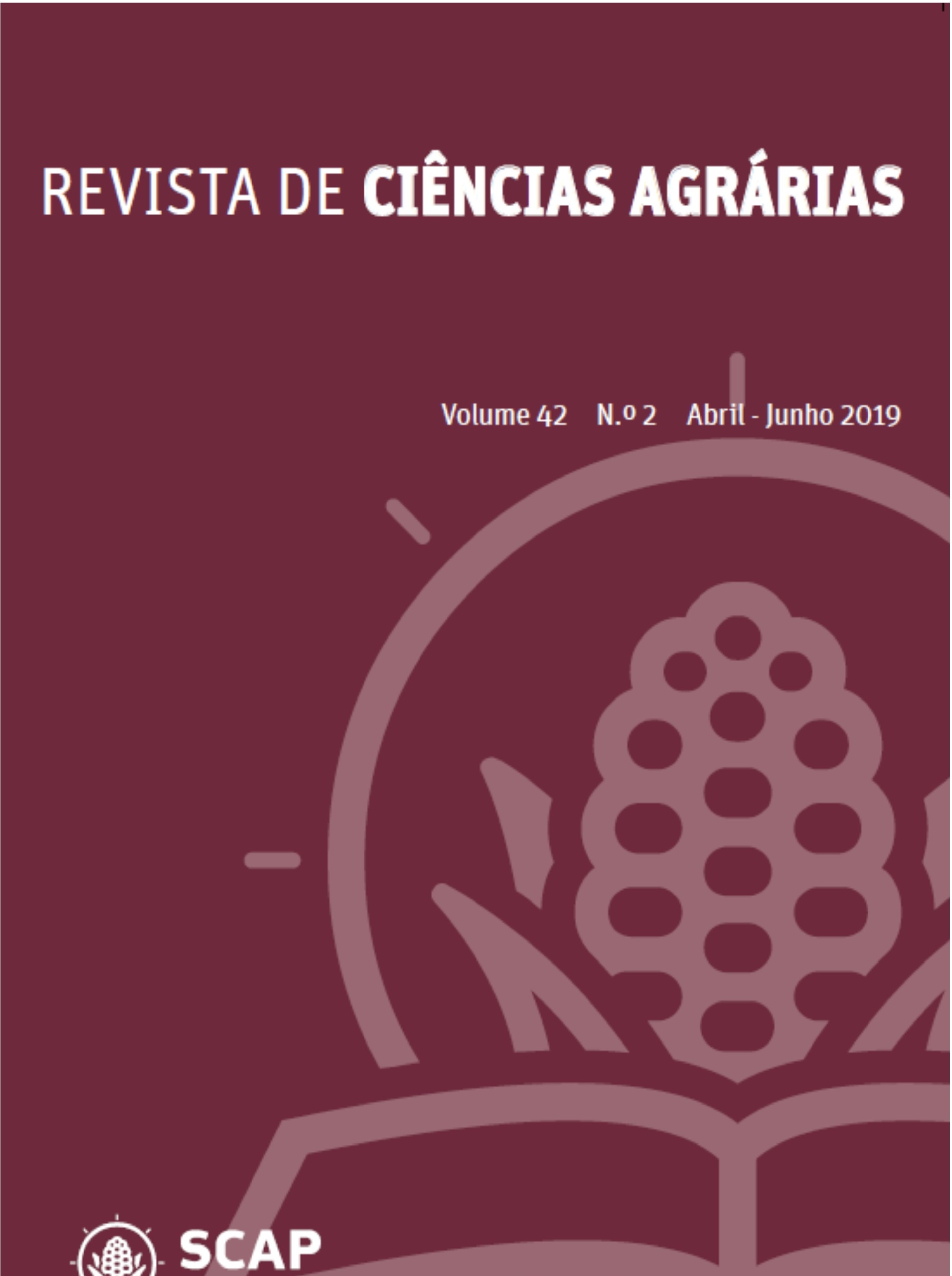Microbial activity and population of a red-yellow podzolic soil under organic and conventional cultivation systems of Citrus sinensis (L.) Osbeck
DOI:
https://doi.org/10.19084/rca.17172Abstract
Fruticulture has relevant expression for worldwide plant production. With the expansion of agricultural areas, more attention is given to the soil preservation. Microbial activity is one of the parameters that together with the evaluation of microbial community provide data about soil biological quality. Therefore, the objective of this study was to evaluate the activity and microbial population of a red-yellow podzolic soil cultivated with Citrus sinensis under conventional and organic systems. Thus, soil samples were collected in two cultivated areas, under these both systems. A fraction of each soil sample was separated and autoclaved to determine the presence of thermoresistant microorganisms. The microbial activity was measured using the method of capturing CO2. The microbial population was estimated by selective culture medium, followed by counting of colony forming units. All data was submitted to analysis of variance and covariance (p≤0.05 and 0.01 respectively). It was observed that, initially, there was a difference in the microbial activity between the cultivation systems, and there was also a high bacterial population. Filamentous fungi and actinomycetes have distinct and peculiar behavior, which were function of the cultivation system and also of the soil samples heating.


